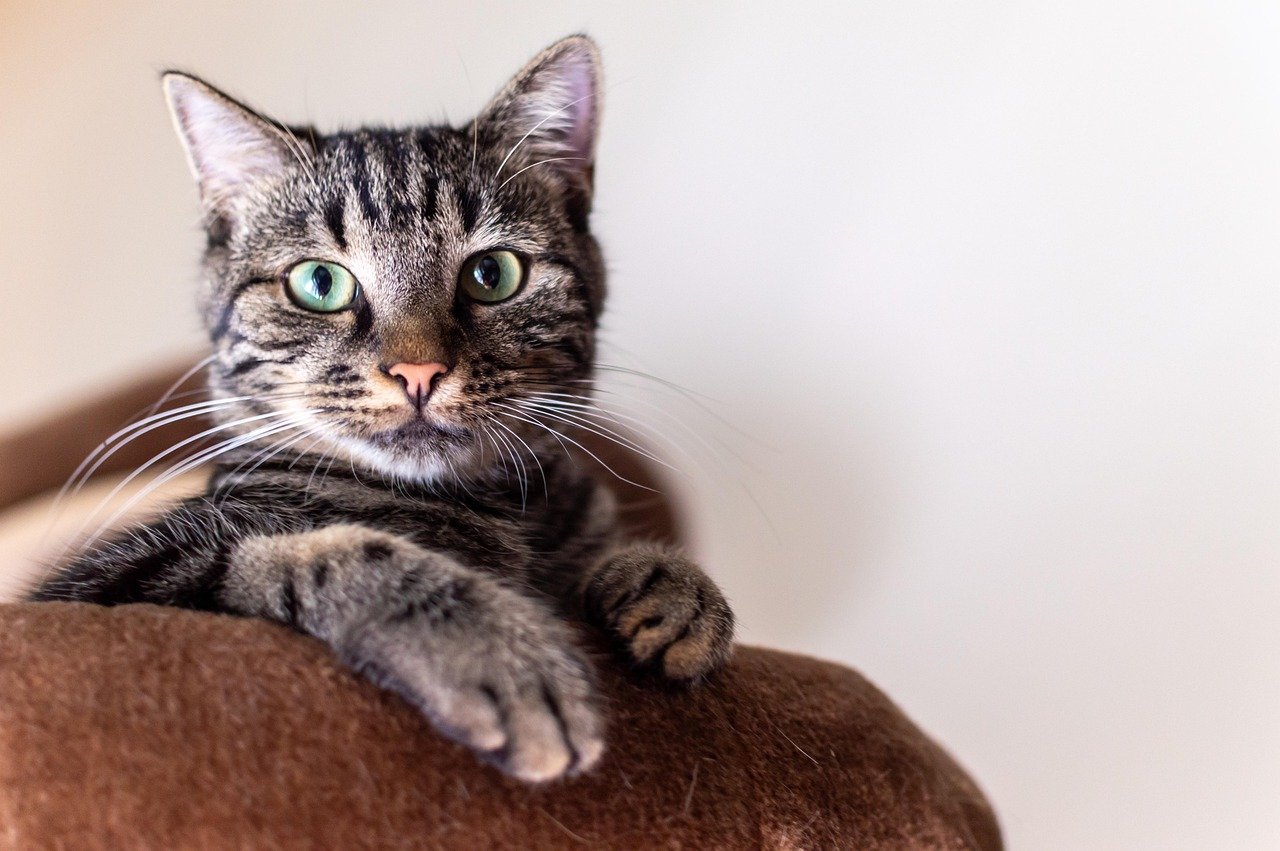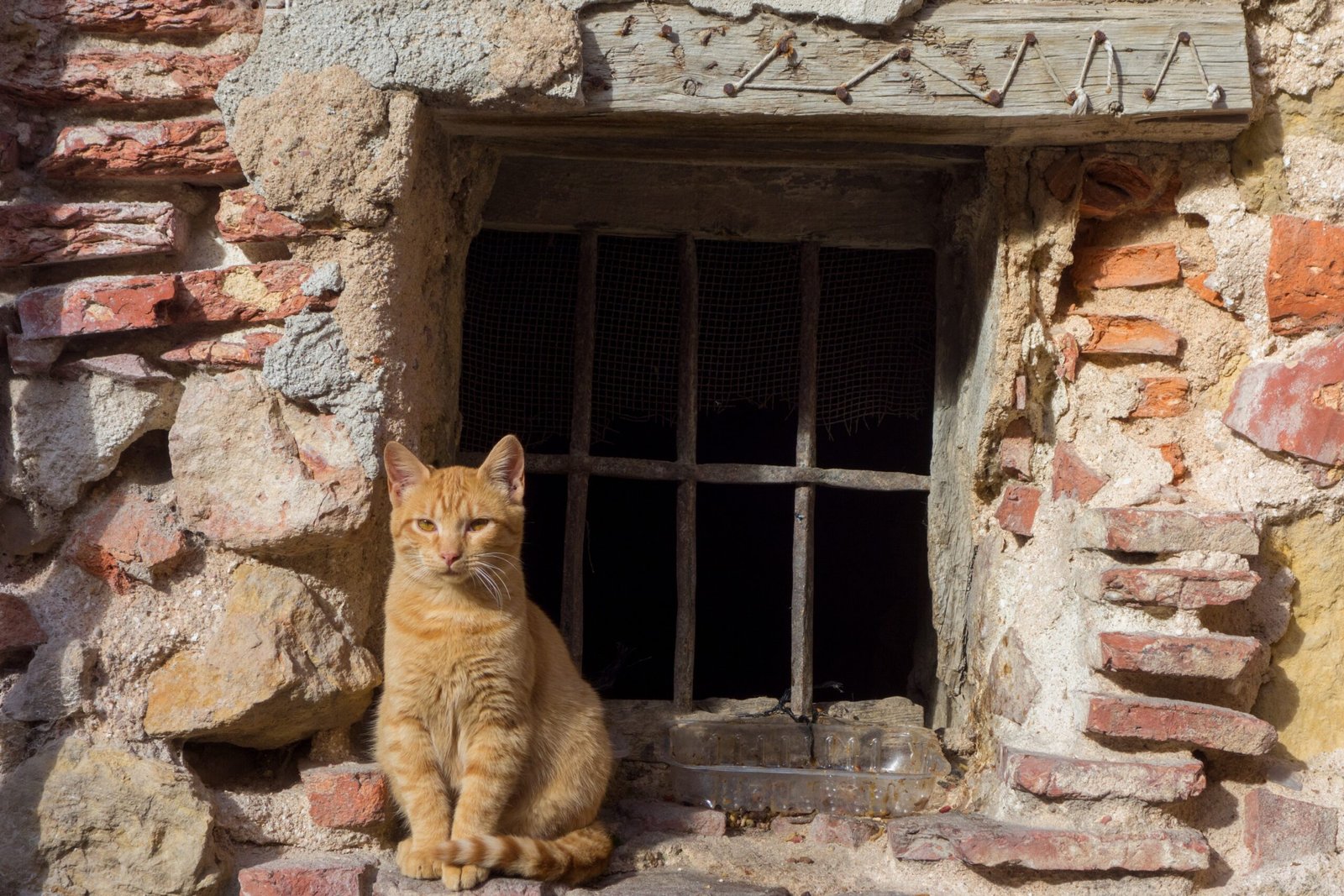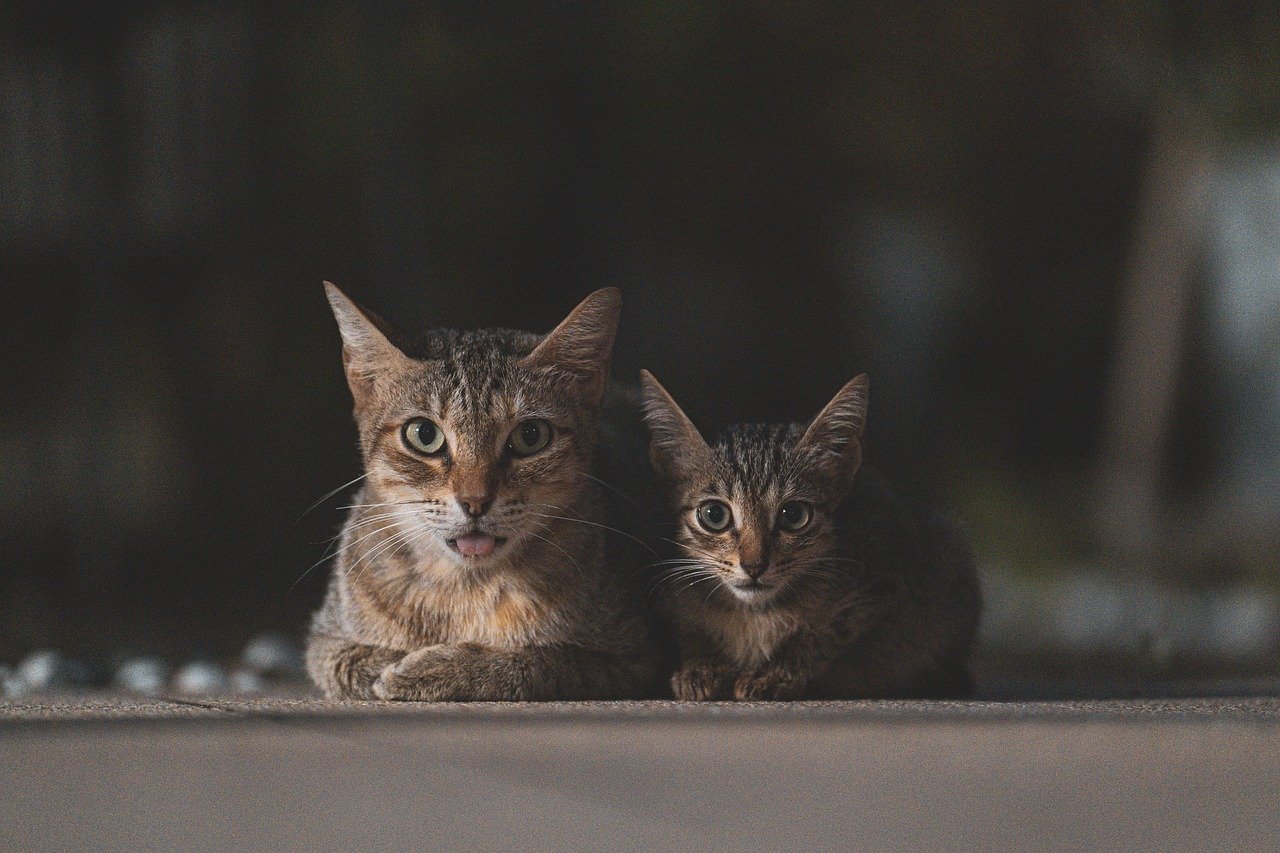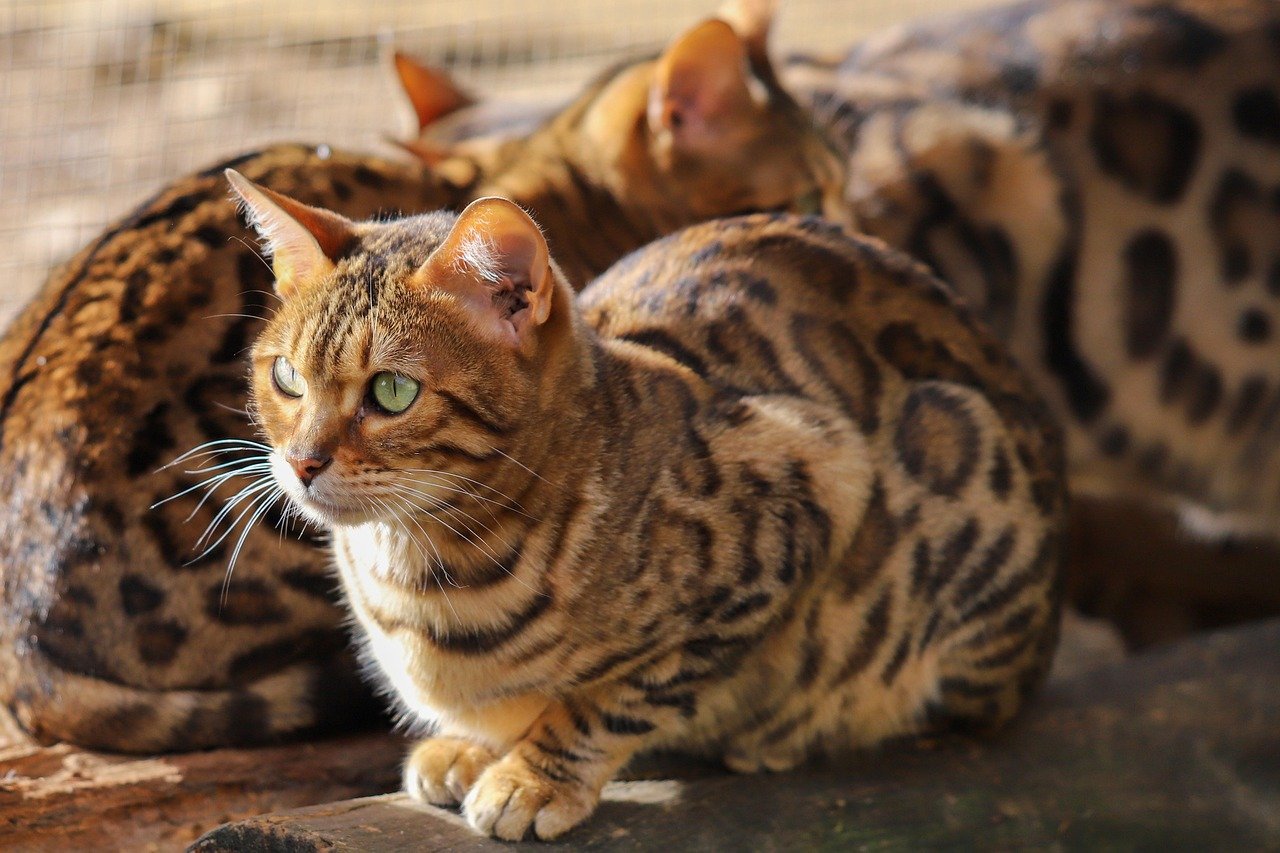Building trust with a cat that has experienced abuse or neglect is a delicate and gradual process. Cats, by nature, are independent creatures, and when they have been subjected to trauma, they may become even more aloof or fearful. However, with patience and understanding, it’s possible to help a once-mistrustful feline companion feel safe and loved. This journey isn’t just about winning their trust; it’s about creating a space where they can heal and flourish.
Understanding the Cat’s Background

Understanding a cat’s past is crucial in building trust. Each cat has its own story, and knowing the extent of abuse or neglect they went through helps in forming a suitable approach. For instance, a cat that has been physically abused may flinch at sudden movements, while one that has been neglected might fear abandonment. By understanding these nuances, you can better tailor your interactions to avoid triggering their fears. Remember, this isn’t about reliving their trauma but about acknowledging it as a part of their journey to recovery.
Creating a Safe Environment
The first step in building trust is providing a safe and secure environment. This means ensuring that the cat has a quiet, comfortable space to retreat to whenever they feel overwhelmed. Think of it as their personal sanctuary—a place filled with cozy bedding, toys, and maybe a window view. Safety isn’t just about physical space; it’s also about emotional security. Avoid loud noises and sudden changes in their environment. Like a gentle breeze that calms a storm, a peaceful environment can be soothing to a troubled soul.
Patience is Key
Patience is perhaps the most vital element in this process. Cats can be unpredictable, and an abused cat may take even longer to warm up to new surroundings and people. It’s essential to let the cat come to you at their own pace, rather than forcing interactions. Imagine trying to coax a shy child into a crowded room; you wouldn’t rush them, but rather guide them gently. Similarly, take things slowly with your feline friend. Progress might be measured in small steps, but each step forward is a victory.
Consistent Routine
Cats thrive on routine, and this is especially true for those who have faced instability. Establishing a consistent daily routine can help ease anxiety and build trust. Feed them at the same times each day, maintain regular playtimes, and keep their environment as predictable as possible. Like the sun rising each morning, this consistency can offer a sense of reliability and safety. Over time, as they begin to anticipate and trust these routines, they’ll start to associate you with security and care.
Gentle Communication

Communication with a cat isn’t just about words; it’s about body language and tone. Speak softly and calmly, using a gentle voice to reassure them. Avoid direct eye contact initially, as this can be seen as a threat. Instead, blink slowly, a gesture cats often use to signify trust. Imagine it as a silent conversation where every gesture counts. Over time, these small acts of communication can help bridge the gap between fear and trust.
Offering Treats and Rewards
Food can be a great motivator for cats, and offering treats can be a way to build positive associations. Start by placing treats at a distance, allowing the cat to approach at their comfort level. Gradually, as they become more comfortable, you can offer treats from your hand. Think of it as extending an olive branch, a gesture of peace and goodwill. With time, these treats can symbolize the kindness and care you bring into their life.
Respecting Boundaries
Every cat has its own comfort zone, and it’s crucial to respect their boundaries. If they retreat or show signs of discomfort, give them space. Forcing interaction can set back progress and damage trust. It’s like trying to force open a door that’s better left to open naturally. By respecting their boundaries, you show them that their feelings matter and that they have control over their environment.
Engaging in Play
Play is a wonderful way to bond with your cat. It provides mental stimulation and can help redirect any anxiety or aggression. Use toys that mimic prey, like feather wands or small balls, to engage their natural hunting instincts. Picture it as a dance where you lead, and they follow, gradually building confidence and trust with each playful interaction. Playtime can become a cherished ritual that strengthens your bond.
Observing Body Language

Cats communicate a lot through their body language. Understanding these cues can help you gauge their comfort level and adjust your actions accordingly. Watch for signs like a twitching tail, flattened ears, or dilated pupils, which can indicate stress or fear. Conversely, a relaxed posture or slow blinking can signal comfort and trust. It’s like learning a new language, one that reveals their feelings and helps you respond with empathy.
Seeking Professional Help
Sometimes, despite your best efforts, a cat may need professional help to overcome deep-seated fears. Animal behaviorists or veterinarians can offer guidance and strategies tailored to your cat’s specific needs. Think of them as therapists who can provide insight and tools to help your feline friend heal. Seeking professional help is not a sign of failure; it’s a step towards ensuring your cat’s well-being.
Building Positive Associations

Creating positive experiences can help rewrite a cat’s narrative of fear. Use treats, toys, and gentle petting to build these positive associations. Over time, your presence will become synonymous with safety and affection. It’s like painting over a canvas of darkness with strokes of light, gradually transforming their perception of the world.
Encouraging Exploration

Allowing your cat to explore their environment at their own pace can boost their confidence. Provide them with various stimuli, like new toys or objects to sniff, encouraging curiosity. This exploration can be a metaphorical journey from the shadows of fear into the light of trust. As they become more comfortable with their surroundings, their confidence in you will grow.
Using Calming Aids
There are various calming aids available, such as pheromone diffusers, that can help reduce anxiety. These products mimic natural cat pheromones, creating a sense of calm and safety. It’s like playing soothing music to calm a restless mind, offering additional support in their journey towards trust.
Providing Companionship
Sometimes, another cat or pet can provide the companionship and comfort your feline friend needs. A companion who understands their language and behavior can offer reassurance and model trusting interactions. Think of it as introducing a friend who speaks their language, helping them feel understood and less alone.
Celebrating Small Victories

Every small step towards trust is a victory worth celebrating. Whether it’s the first time they purr in your presence or allow a gentle pet, these moments signify progress. Celebrate these milestones, no matter how small, as they represent the building blocks of a trusting relationship. It’s like piecing together a puzzle, where each piece brings you closer to the complete picture.
Staying Committed
Building trust with an abused or neglected cat requires commitment and perseverance. There will be setbacks, but staying dedicated to their well-being is paramount. Like a marathon runner who keeps pushing forward, your commitment can make all the difference in their healing process.
Recognizing Individuality

Every cat is unique, with their own personality and needs. Recognizing and honoring this individuality is crucial in building trust. Some cats may become affectionate, while others remain more independent. It’s like tending to a garden of diverse flowers, each requiring its own care to bloom.
Offering Unconditional Love
At the heart of building trust is offering unconditional love. This means accepting them as they are, scars and all. Your love can be the balm that heals old wounds, providing a foundation for trust to grow. It’s like planting a seed in fertile soil, nurturing it with love until it blossoms into a bond of unbreakable trust.
Conclusion

Building trust with a cat that’s been abused or neglected is a journey filled with challenges and rewards. Through understanding, patience, and love, you can create an environment where your feline friend feels safe and cherished. Remember, every cat’s path to trust is unique, but with dedication and empathy, you can help them find their way to a happier, more secure life.
Hi, I’m Bola, a passionate writer and creative strategist with a knack for crafting compelling content that educates, inspires, and connects. Over the years, I’ve honed my skills across various writing fields, including content creation, copywriting, online course development, and video scriptwriting.
When I’m not at my desk, you’ll find me exploring new ideas, reading books, or brainstorming creative ways to solve challenges. I believe that words have the power to transform, and I’m here to help you leverage that power for success.
Thanks for stopping by, Keep coming to this website to checkout new articles form me. You’d always love it!






